Each April, as the new academic year starts, it’s customary for schools in Japan to hold an entrance ceremony for incoming students. The new pupils assemble in the auditorium, sit quietly while the principal and teachers make speeches, and often sing the alma mater.
For the students, listening to a bunch of grown-ups drone on about the value of education isn’t exactly riveting, and it’s debatable if the words of wisdom that are imparted really make any difference at all in their academic careers. For parents, though, this is a special day. They can appreciate the ceremony as the rite of passage it is, and it gives them an excuse to snap a picture with their child wearing their brand new uniform, which will quickly become too small for them as they grow up all too soon.
It’s a sentiment any parent can feel, even – or perhaps especially – parents who are educators themselves. However, one high school teacher in Japan is being publicly criticized for skipping her school’s entrance ceremony to attend her son’s, instead.
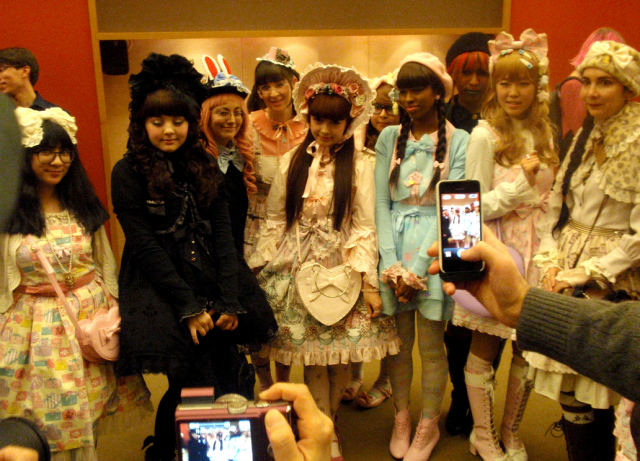


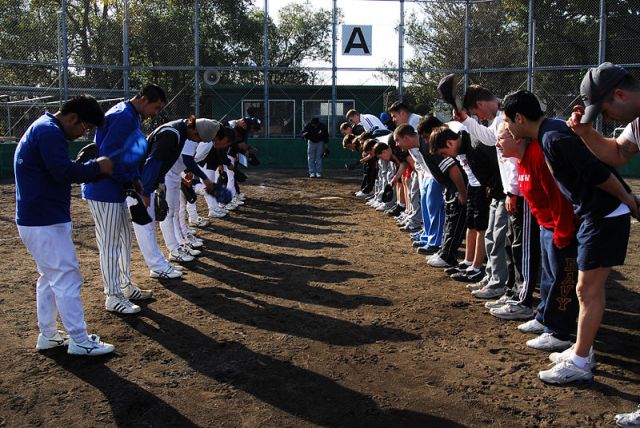

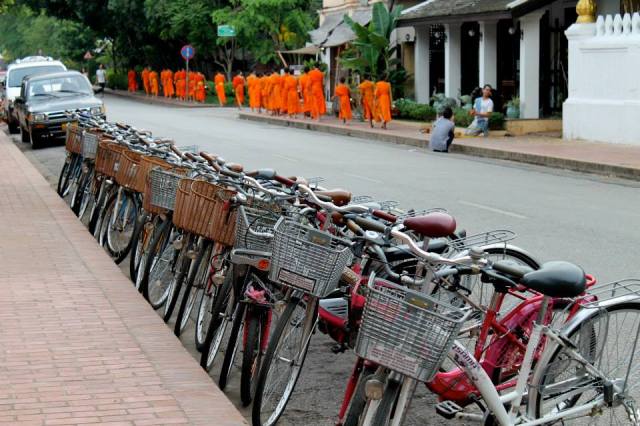

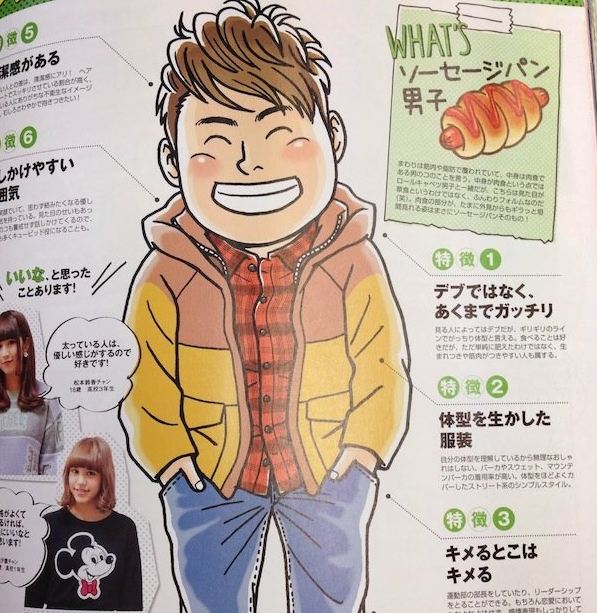
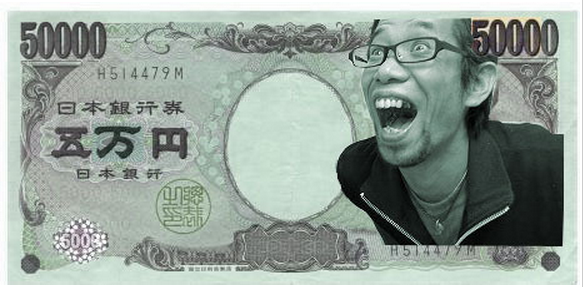
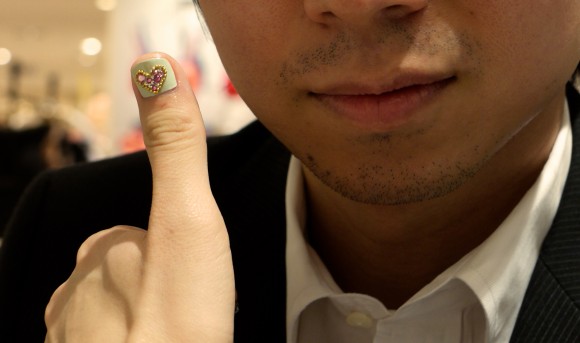
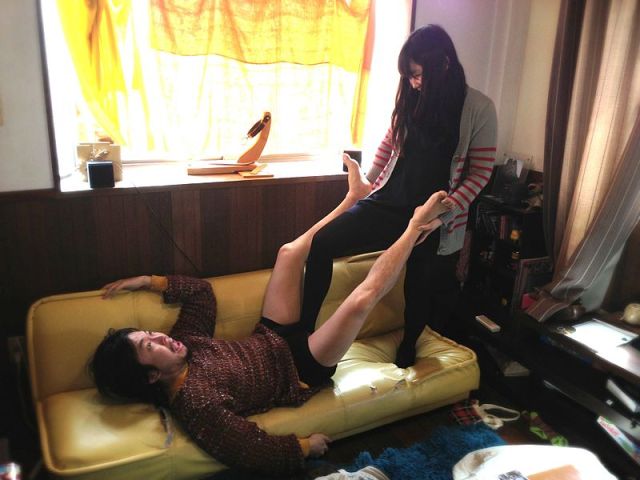


 Mt Fuji convenience store becomes “lawless zone” as tourists hurl abuse at security guards
Mt Fuji convenience store becomes “lawless zone” as tourists hurl abuse at security guards Eight unforgettable hot springs, as recommended by Japan’s “Professor Bath”
Eight unforgettable hot springs, as recommended by Japan’s “Professor Bath” Japan’s workplace drinking party communication is unnecessary, says majority of workers in survey
Japan’s workplace drinking party communication is unnecessary, says majority of workers in survey Late-night cake cafe in Tokyo’s hostess/host bar district will satisfy your confectionary desires
Late-night cake cafe in Tokyo’s hostess/host bar district will satisfy your confectionary desires How often do Japanese people search for their ex online?【Survey】
How often do Japanese people search for their ex online?【Survey】 That time when we made a theme song for Kura Sushi out of our sheer love for it【Video】
That time when we made a theme song for Kura Sushi out of our sheer love for it【Video】 Lucky accommodation plan in Japan includes shrine visit and onsen hot spring inn stay
Lucky accommodation plan in Japan includes shrine visit and onsen hot spring inn stay Drinkable Mayo on sale at Japanese convenience stores for mayonnaise fanatics
Drinkable Mayo on sale at Japanese convenience stores for mayonnaise fanatics Cappuccino Ramen becomes super popular in Japan, but is it worth the hype?
Cappuccino Ramen becomes super popular in Japan, but is it worth the hype? Japanese Prime Minister once criticized deploying military to fight Godzilla
Japanese Prime Minister once criticized deploying military to fight Godzilla Studio Ghibli releases new range of cardigans for anime fans
Studio Ghibli releases new range of cardigans for anime fans Berserk T-shirts coming to Uniqlo for launch of new Manga Curation line【Photos】
Berserk T-shirts coming to Uniqlo for launch of new Manga Curation line【Photos】 Kyoto Whopper divides customers at Burger King Japan
Kyoto Whopper divides customers at Burger King Japan Japanese burger chain no longer serves onion rings, but offers intriguing replacement【Taste test】
Japanese burger chain no longer serves onion rings, but offers intriguing replacement【Taste test】 Celebrating Good Couple’s Day in Japan…by getting our significant others to dress us
Celebrating Good Couple’s Day in Japan…by getting our significant others to dress us 7-Eleven Japan releases fukubukuro lucky bags filled with convenience store surprises
7-Eleven Japan releases fukubukuro lucky bags filled with convenience store surprises Taking the Kyoto overnight bus for the first time
Taking the Kyoto overnight bus for the first time Starbucks Japan reveals new holiday goods for the 2024 festive season
Starbucks Japan reveals new holiday goods for the 2024 festive season Beautiful Totoro bag returns, still requires jumping through an extra hoop to get, still worth it
Beautiful Totoro bag returns, still requires jumping through an extra hoop to get, still worth it Yakuza vending machines coming to real-world Tokyo neighborhood that inspired Like a Dragon games
Yakuza vending machines coming to real-world Tokyo neighborhood that inspired Like a Dragon games Nintendo’s controller capsule toys are so cool, even the machine you buy them from is awesome【Pics】
Nintendo’s controller capsule toys are so cool, even the machine you buy them from is awesome【Pics】 One of Japan’s most beautiful hot spring towns announces new limits on number of day trippers
One of Japan’s most beautiful hot spring towns announces new limits on number of day trippers Ghibli’s Princess Mononoke teams up with Foxfire for outdoor apparel collaboration【Photos】
Ghibli’s Princess Mononoke teams up with Foxfire for outdoor apparel collaboration【Photos】 Ghibli Park debuts first winter illumination display with Howl’s Moving Castle theme
Ghibli Park debuts first winter illumination display with Howl’s Moving Castle theme Tokyo Disneyland loses top-attendance crown for Japanese theme parks for second year in a row
Tokyo Disneyland loses top-attendance crown for Japanese theme parks for second year in a row Sanrio and magical girl anime PreCure join forces for new merch line【Photos】
Sanrio and magical girl anime PreCure join forces for new merch line【Photos】 Pringles releases a limited-edition sweet flavour in Japan
Pringles releases a limited-edition sweet flavour in Japan Japanese job-quitting service contacted by other job-quitting service because employee wants to quit
Japanese job-quitting service contacted by other job-quitting service because employee wants to quit After cancelling Halloween, Tokyo’s Shibuya neighborhood cancels New Year’s Eve too
After cancelling Halloween, Tokyo’s Shibuya neighborhood cancels New Year’s Eve too McDonald’s new Happy Meals offer up cute and practical Sanrio lifestyle goods
McDonald’s new Happy Meals offer up cute and practical Sanrio lifestyle goods Foreign tourists on Shinkansen bullet train break suitcase etiquette, angering local passengers
Foreign tourists on Shinkansen bullet train break suitcase etiquette, angering local passengers [Deleted] Article written for April Fool’s Day 2018
[Deleted] Article written for April Fool’s Day 2018 Japanese government to make first change to romanization spelling rules since the 1950s
Japanese government to make first change to romanization spelling rules since the 1950s Foreigner’s request for help in Tokyo makes us sad for the state of society
Foreigner’s request for help in Tokyo makes us sad for the state of society Ghibli founders Toshio Suzuki and Hayao Miyazaki contribute to Japanese whisky Totoro label design
Ghibli founders Toshio Suzuki and Hayao Miyazaki contribute to Japanese whisky Totoro label design Japanese convenience store Family Mart announces abolishment of eat-in spaces
Japanese convenience store Family Mart announces abolishment of eat-in spaces Princesses, fruits, and blacksmiths: Study reveals the 30 most unusual family names in Japan
Princesses, fruits, and blacksmiths: Study reveals the 30 most unusual family names in Japan Life-size vibrating Legend of Zelda Master Sword for sale from Nintendo【Photos】
Life-size vibrating Legend of Zelda Master Sword for sale from Nintendo【Photos】 Studio Ghibli releases free-download board game — Here’s how to play it without reading Japanese
Studio Ghibli releases free-download board game — Here’s how to play it without reading Japanese That time when we made a theme song for Kura Sushi out of our sheer love for it【Video】
That time when we made a theme song for Kura Sushi out of our sheer love for it【Video】 Lucky accommodation plan in Japan includes shrine visit and onsen hot spring inn stay
Lucky accommodation plan in Japan includes shrine visit and onsen hot spring inn stay Drinkable Mayo on sale at Japanese convenience stores for mayonnaise fanatics
Drinkable Mayo on sale at Japanese convenience stores for mayonnaise fanatics Cappuccino Ramen becomes super popular in Japan, but is it worth the hype?
Cappuccino Ramen becomes super popular in Japan, but is it worth the hype? Japanese Prime Minister once criticized deploying military to fight Godzilla
Japanese Prime Minister once criticized deploying military to fight Godzilla Starbucks Japan reveals new holiday goods for the 2024 festive season
Starbucks Japan reveals new holiday goods for the 2024 festive season Japanese women show overwhelming resistance to unisex bathrooms in survey
Japanese women show overwhelming resistance to unisex bathrooms in survey It’s like the samurai era never ended at this beautiful Japanese mountain town
It’s like the samurai era never ended at this beautiful Japanese mountain town Do cold noodles from a Japanese vending machine fill us with joy or regret?
Do cold noodles from a Japanese vending machine fill us with joy or regret? Burger King Japan opens real-world Spy x Family Berlint branch【Photos】
Burger King Japan opens real-world Spy x Family Berlint branch【Photos】 Rolling suitcase with built-in desk is perfect for mobile businesspeople and cosplayers alike
Rolling suitcase with built-in desk is perfect for mobile businesspeople and cosplayers alike Japan’s first-ever ramen restaurant, which closed 44 years ago, is reopening this fall!
Japan’s first-ever ramen restaurant, which closed 44 years ago, is reopening this fall! Defying gravity and common sense with the lowest-rated tensegrity table on Amazon Japan
Defying gravity and common sense with the lowest-rated tensegrity table on Amazon Japan